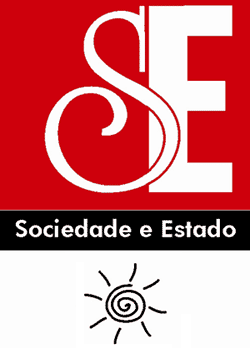Despite of being occupied by different social groups since hundreds of years, some parts of rural areas of Mato-Grosso wetlands still preserve a part of their natural characteristics. Cattle raising, the main economic activity, was developed without really changing the basic (pattern) landscapes, and related to it the image of their inhabitants is mentioned as an example of sustainable use of natural elements. Despite this positive stereotype, little is still known concerning such knowledge which often get lost or take other forms due to modernity. The present text is inserted in such perspective, its main objective is to research on Pantanal knowing, which resulted in peculiar forms of mark-landscapes organization and in specific aspects of material culture. The conclusion is that with modernization and transformations on material culture, particularly the substitution of native grass by exotic ones, the balance of pattern landscapes is under threat. The cultural sustainability, understood as an open system, subject to transformations, is an indicator of great relevance to the searching of sustainable development.
Pantanal; cultural landscape; sustainable development
